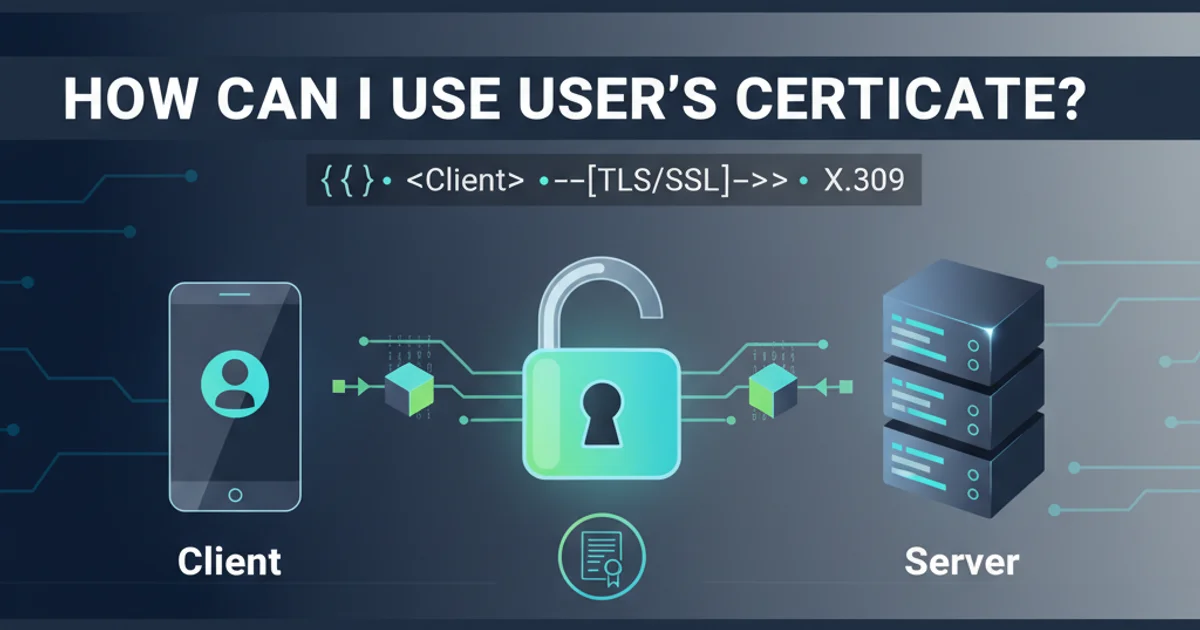git - remote add origin vs remote set-url origin
Categories:
Git Remote Management: Understanding remote add origin vs. remote set-url origin

Explore the nuances of managing remote repositories in Git, focusing on when to use git remote add origin for initial setup and git remote set-url origin for modifying existing remote URLs.
When working with Git, interacting with remote repositories is a fundamental task. Two common commands, git remote add origin and git remote set-url origin, are used to manage these connections. While they both deal with the 'origin' remote, their purposes and use cases are distinct. Understanding these differences is crucial for effective Git workflow, especially when initializing a project or needing to change a remote's address.
The Initial Connection: git remote add origin
The git remote add origin command is primarily used to establish the first connection between your local Git repository and a remote repository. The term 'origin' is a conventional alias for the primary remote repository from which you originally cloned or to which you intend to push your initial commits. This command essentially tells Git: 'Hey, there's a remote repository at this URL, and I want to refer to it as 'origin'.'
git remote add origin https://github.com/user/repo.git
Adding a new remote named 'origin' to your local repository.
After executing this command, Git stores the remote's name ('origin') and its corresponding URL in your repository's configuration. You can then use 'origin' as a shorthand for the full URL in subsequent commands like git push origin main or git pull origin main.
git init and want to link it to an empty remote repository (e.g., on GitHub), git remote add origin is the command you'll use before your first git push.Modifying Existing Connections: git remote set-url origin
In contrast, git remote set-url origin is used when you need to change the URL of an already existing remote. This is common in scenarios such as:
- Repository Migration: When a project moves from one hosting service to another (e.g., from GitHub to GitLab, or a private server).
- URL Changes: If the remote repository's URL itself changes (e.g., due to a domain change, or switching from HTTP to SSH protocol).
- Correcting Mistakes: If you initially added the wrong URL for 'origin'.
# Change the URL for the 'origin' remote
git remote set-url origin git@github.com:user/repo.git
Changing the URL of the existing 'origin' remote to an SSH address.
This command updates the stored URL for the specified remote name ('origin' in this case) without creating a new remote entry. It's a modification operation, not an addition.
git remote add origin when 'origin' already exists will result in an error, as you cannot add a remote with a name that is already in use. This is where git remote set-url becomes necessary.Visualizing the Workflow
Let's visualize the typical scenarios where each command is used.
flowchart TD
A[Start]
B{Is 'origin' remote already configured?}
C["git init" (Local Repo Created)]
D["git remote add origin <URL>" (First Connection)]
E["git remote set-url origin <NEW_URL>" (Update Existing URL)]
F[Continue Git Operations]
A --> C
C --> B
B -- No --> D
B -- Yes --> E
D --> F
E --> FDecision flow for choosing between git remote add and git remote set-url.
Verifying Remote URLs
Regardless of whether you've added or updated a remote, you can always verify its configuration using git remote -v.
git remote -v
# Expected output:
# origin https://github.com/user/repo.git (fetch)
# origin https://github.com/user/repo.git (push)
Verifying the configured remote URLs for 'origin'.
This command lists all configured remotes along with their fetch and push URLs, confirming your setup.
git@github.com:user/repo.git) for remotes if you have SSH keys set up, as it often provides a more secure and convenient authentication method than HTTPS.